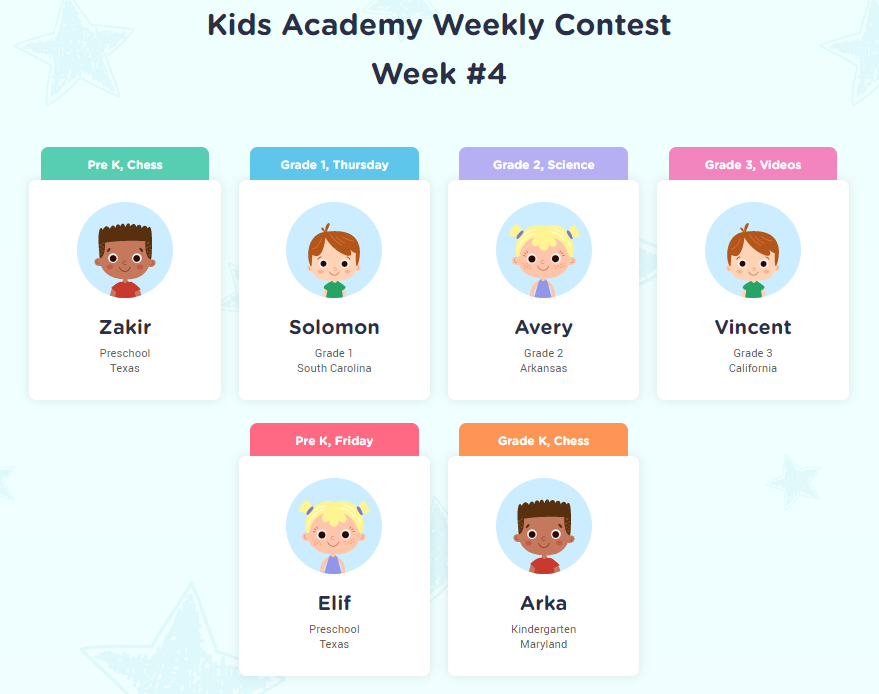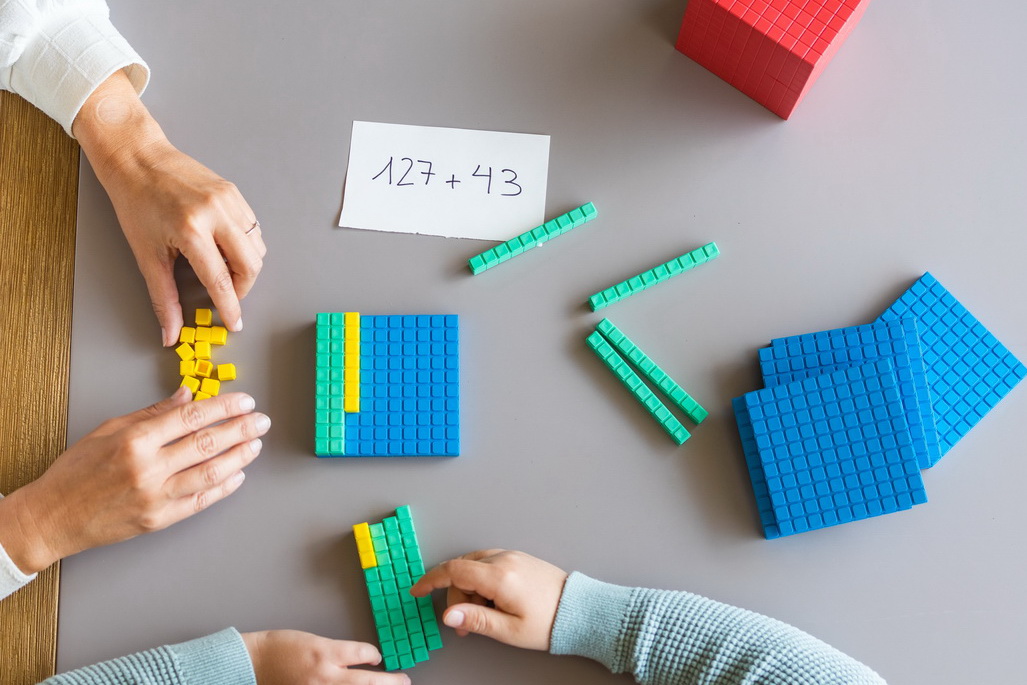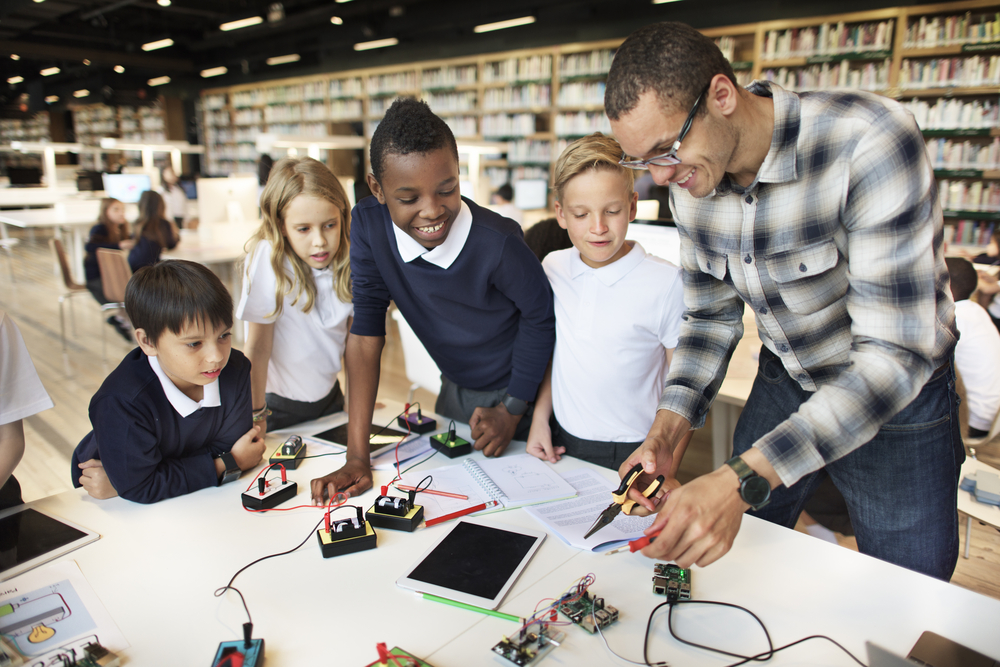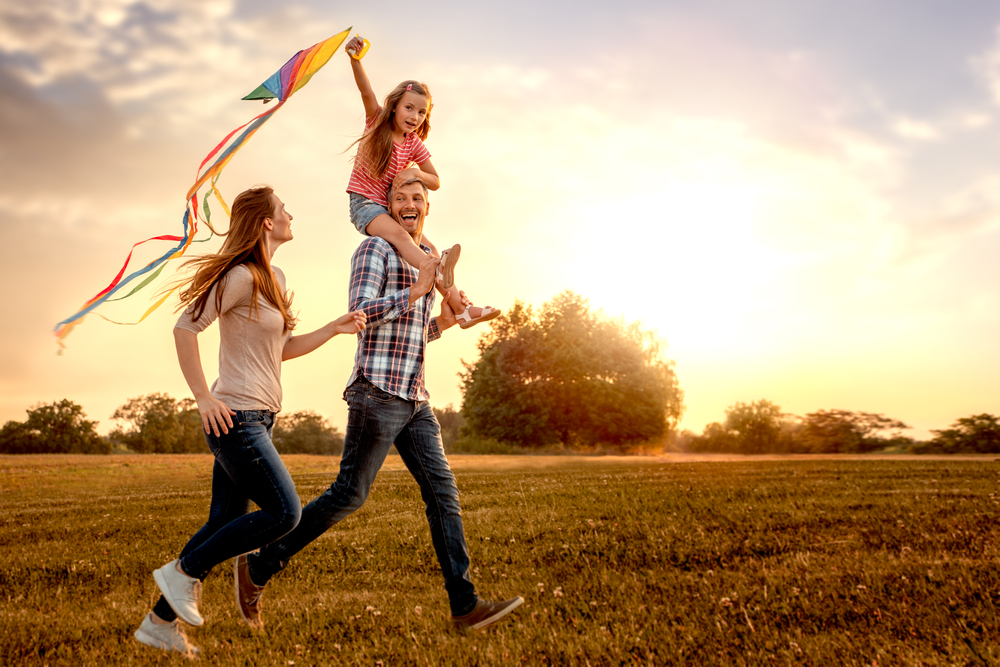Identifying story elements Worksheets for Ages 5-9
4 filtered results
-
From - To
Unlock your child's storytelling potential with our "Identifying Story Elements Worksheets for Ages 5-9." These engaging resources from Kids Academy help young learners grasp key components of a story, such as characters, settings, and plot. With colorful illustrations and age-appropriate activities, children develop critical reading and comprehension skills while having fun. Ideal for both classroom and at-home learning, our worksheets encourage kids to explore narratives deeply, enhancing their creativity and analytical thinking. Start your child on a literary adventure today and transform them into confident readers and storytellers with our expertly designed materials.
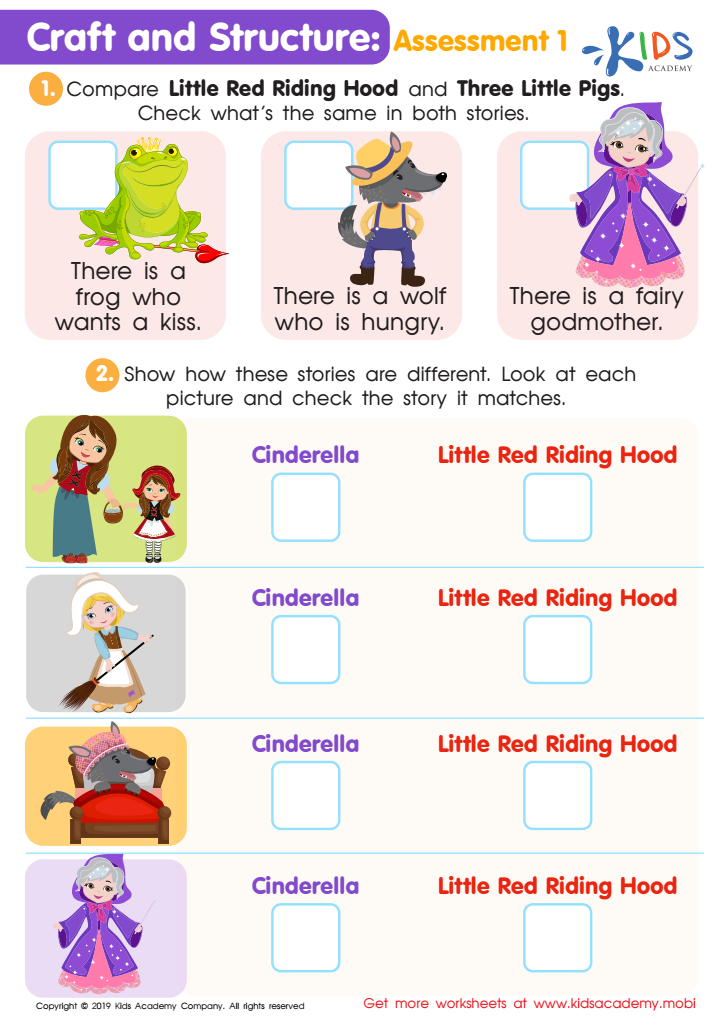

Craft and Structure: Assessment 1 Worksheet
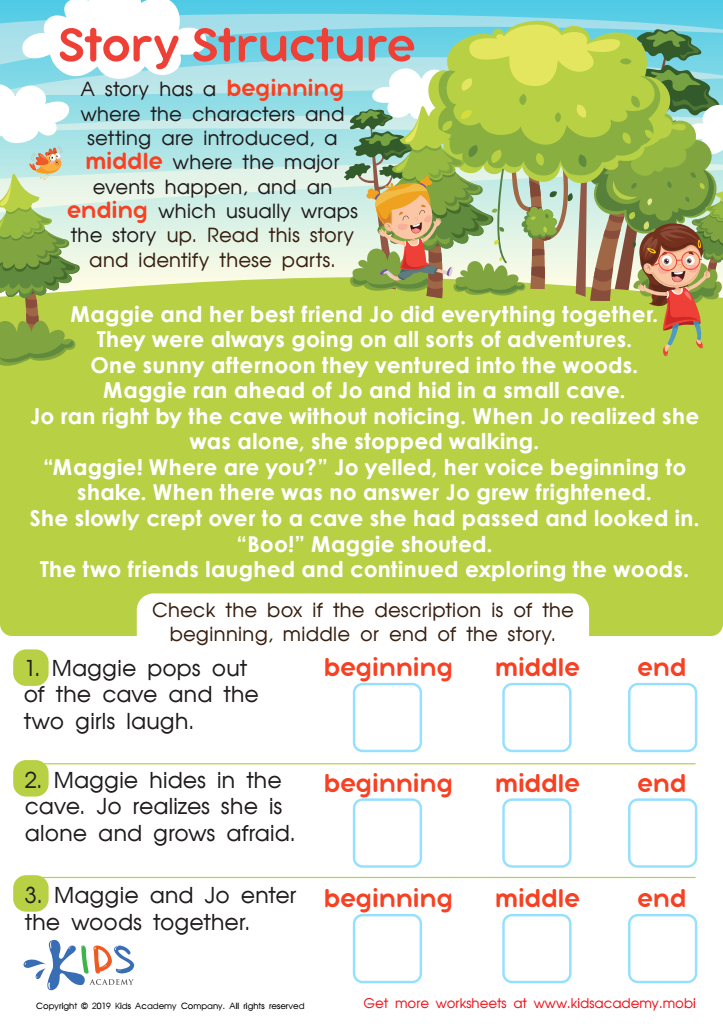

Story Structure Worksheet
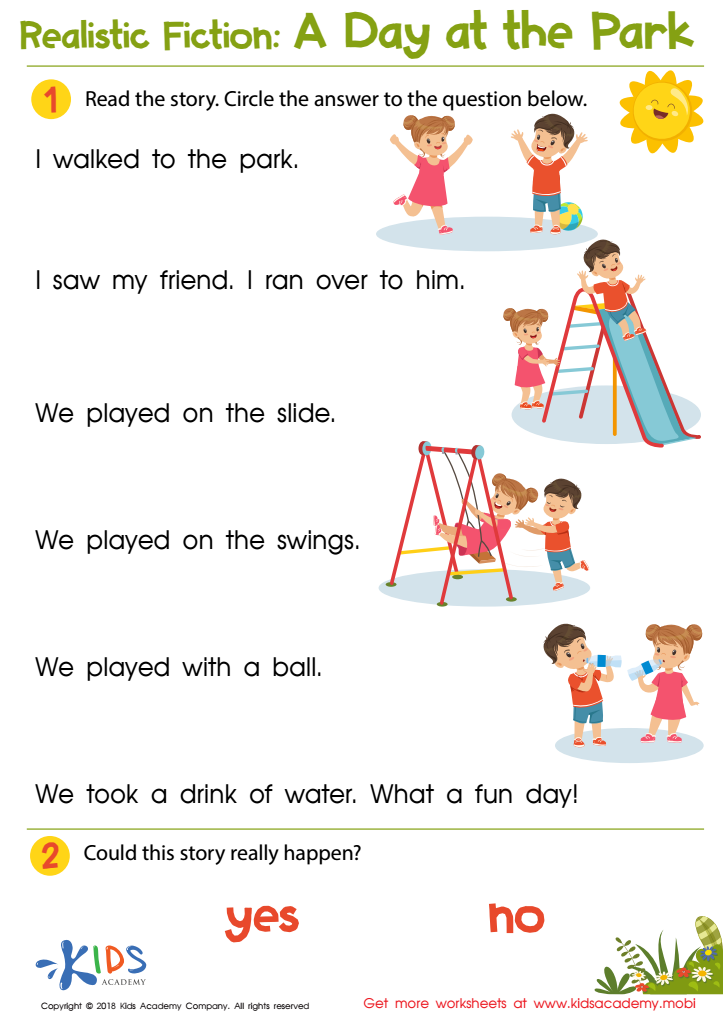

A Day at the Park Worksheet
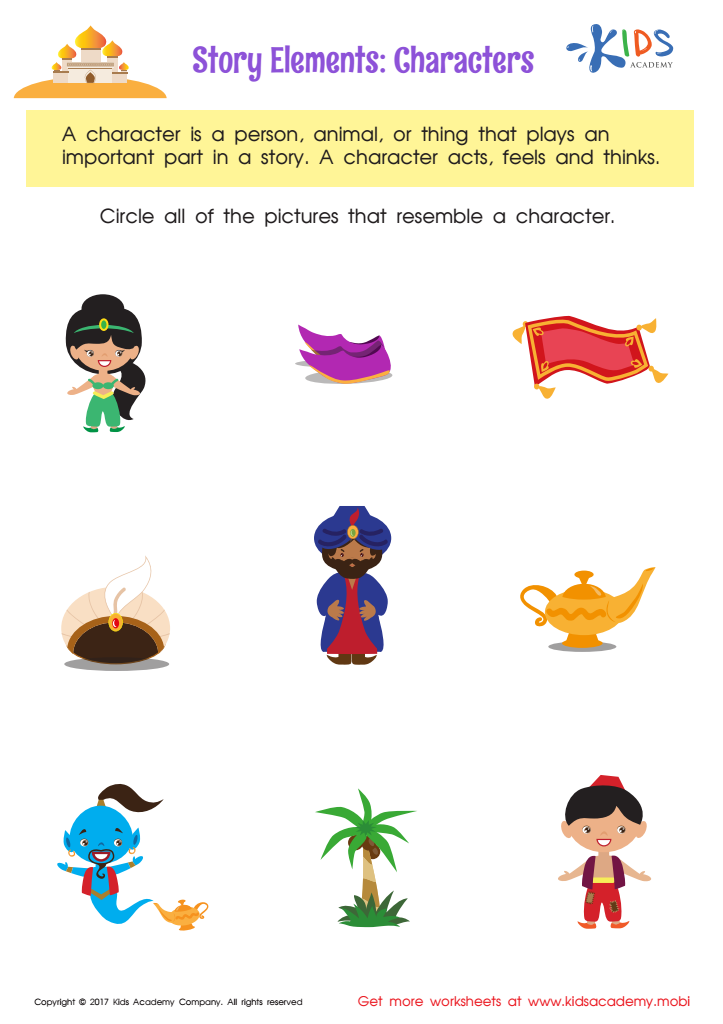

Story Elements Printable
Identifying story elements is essential for young children aged 5-9 as it significantly contributes to their overall literacy development and cognitive growth. Story elements include characters, setting, plot, conflict, and resolution. Recognizing these elements helps children understand the structure of a story and enhances their comprehension skills. As they identify characters and their motivations, children develop empathy and learn to see situations from different perspectives. Understanding the setting helps them visualize and connect the context of the story to their own experiences, enriching their imagination.
When children grasp the structure of a plot, including the beginning, middle, and end, they can predict and infer outcomes better, leading to improved critical thinking abilities. Recognizing conflict and resolution within stories aids in developing problem-solving skills and emotional intelligence, as children learn that challenges can be addressed and overcome.
Parents and teachers play a crucial role in guiding children through these aspects, fostering a love for reading and learning. By actively engaging in discussions about story elements, adults can deepen children’s engagement and comprehension, making reading an enjoyable and educational activity. These skills create a strong foundation for lifelong learning, effective communication, and academic success, making it imperative for educators and parents to prioritize teaching story elements.

 Assign to My Students
Assign to My Students


